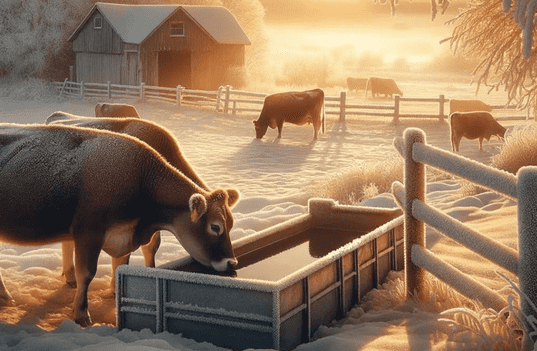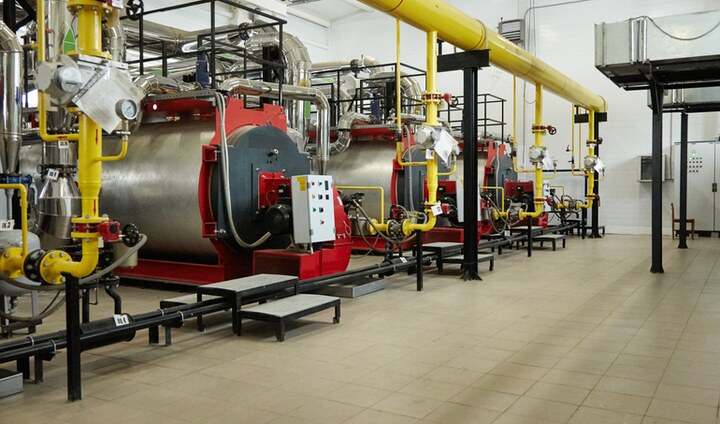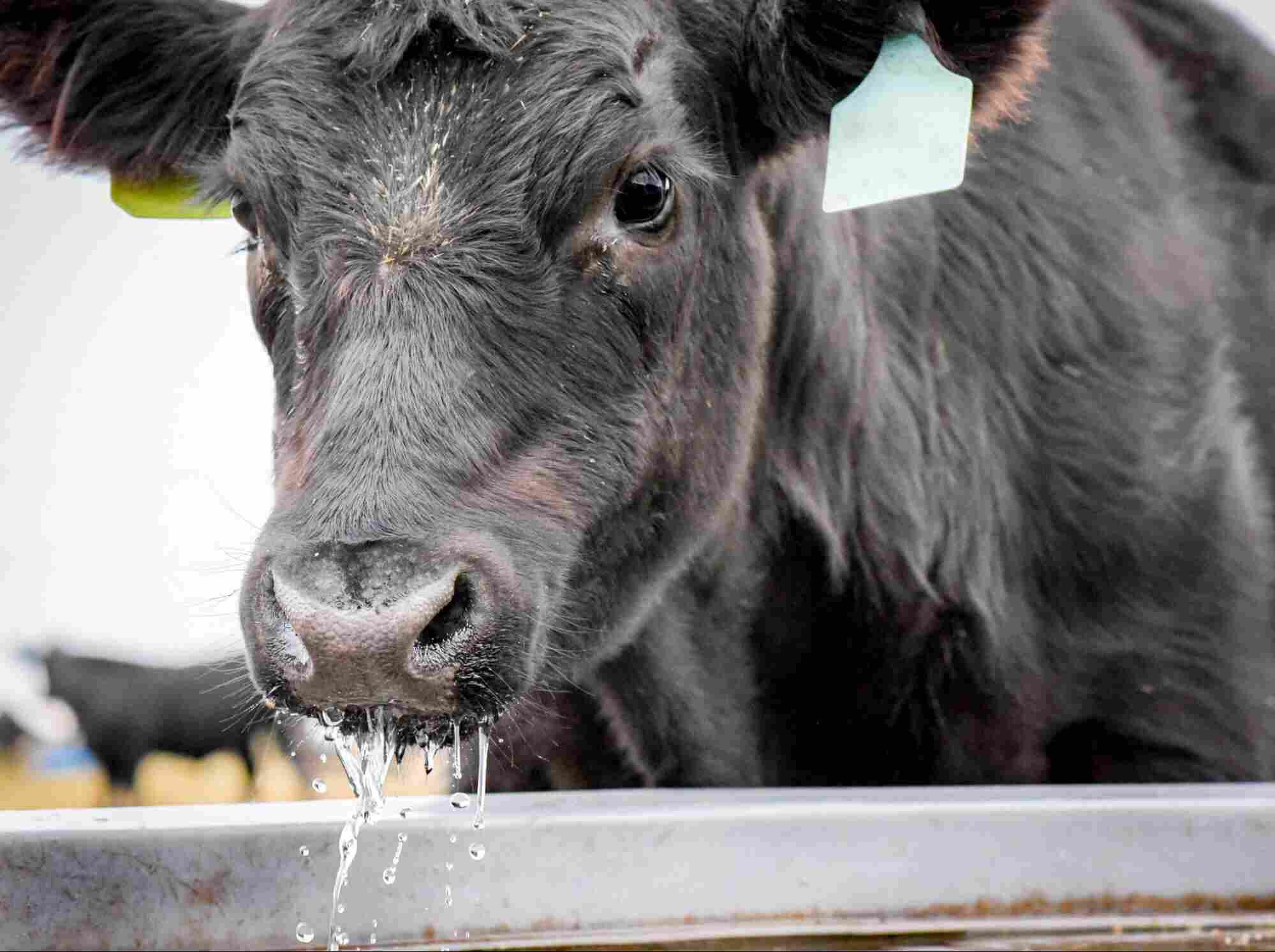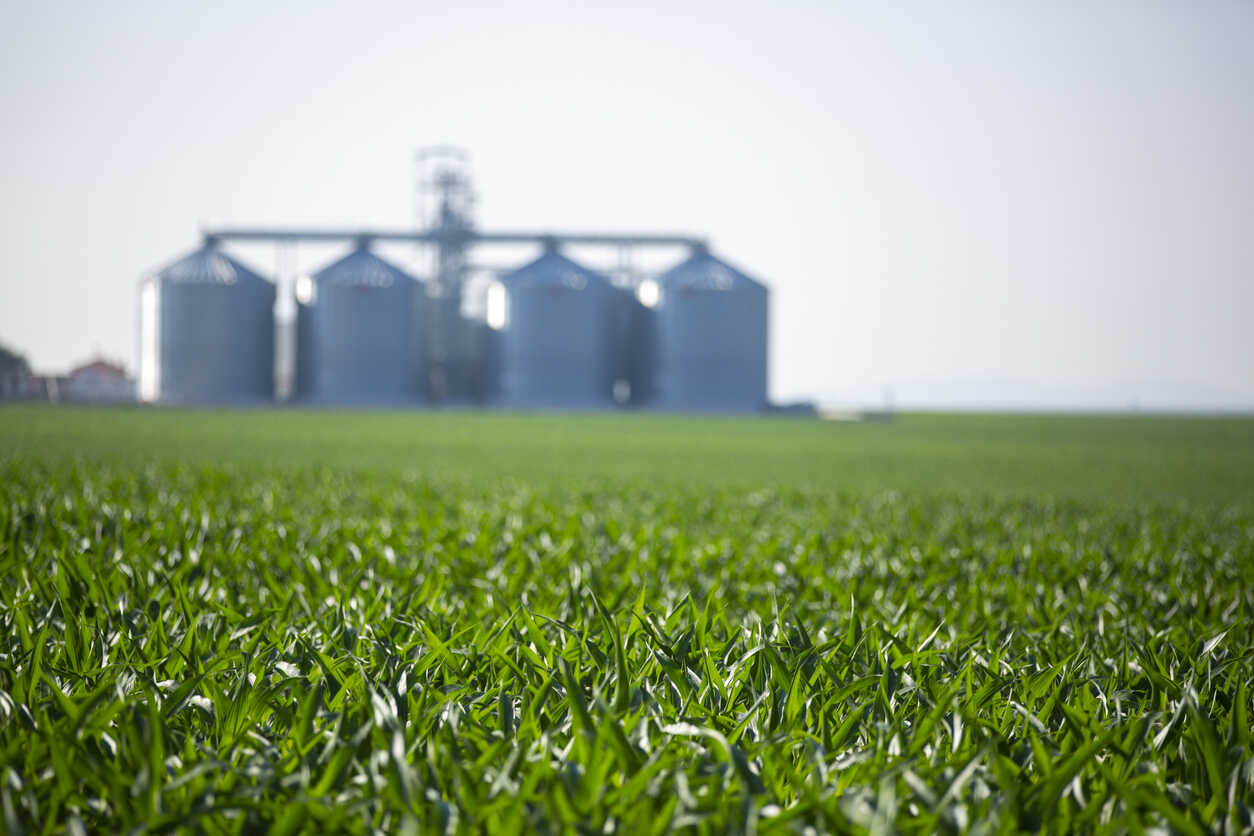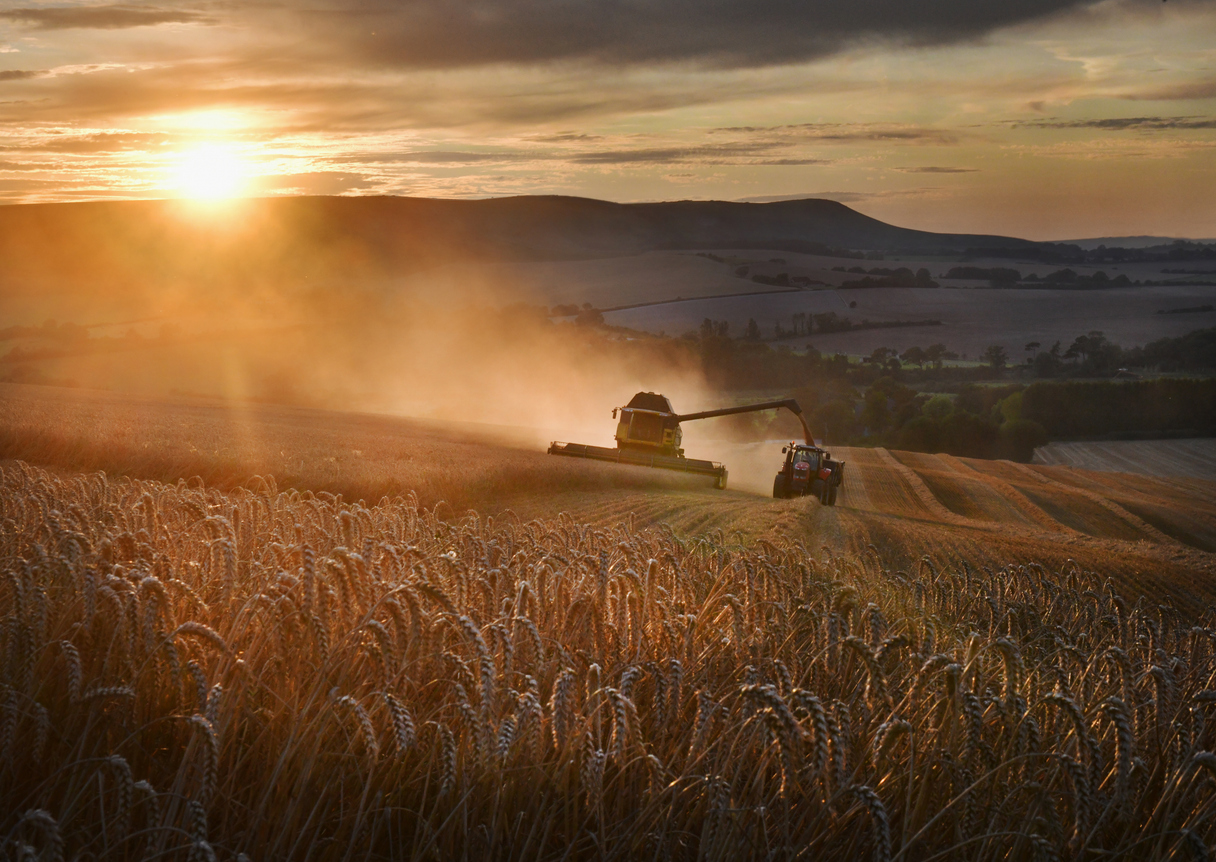In construction and project management, a design-build commercial contract or agreement is an increasingly popular method for delivering projects in both the public and private sectors. This approach streamlines the traditional design-bid-build sequence by integrating the design and construction phases into a singular project delivery method, led by a single entity—the design-build team. In this blog post, we will delve into the key features and benefits of design-build contracts, shedding light on why they have become a preferred choice for many in the construction industry.
What is a Design-Build Contract?
A design-build commercial contract is a project delivery method in the construction industry where the design and construction services are contracted by a single entity known as the design-builder or design-build contractor. In a traditional construction project, the owner typically hires an architect or designer to create the project design and then separately contracts with a builder or general contractor to carry out the construction based on the design. In a design-build contract, these responsibilities are consolidated into a single contract.

Benefits of a Design-Build Contract
Single Point of Responsibility
One of the main advantages is that there is a single entity responsible for both the design and construction phases of the project. This can streamline communication and decision-making, reducing the potential for conflicts between designers and builders.
Faster Project Delivery
The design and construction phases can overlap in a design-build project, leading to a faster overall project delivery timeline. Early collaboration between the design and construction teams can help identify and resolve issues more efficiently.
Cost Savings
Design-build contracts can lead to cost savings for the owner. The integrated approach allows for better coordination, potentially reducing change orders, minimizing delays, and optimizing construction methods for efficiency.
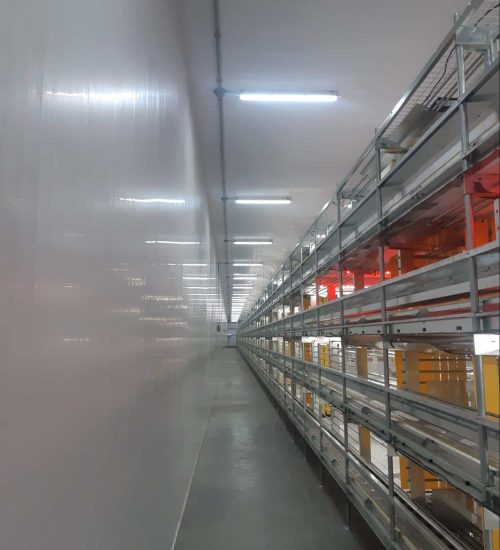
Innovative Solutions
The collaboration between designers and builders from the early stages enables innovative problem-solving and value engineering. This can result in more creative and cost-effective solutions compared to a traditional approach.
Risk Management
The design-build model often involves a transfer of risk from the owner to the design-build team. Since the design-builder is responsible for both the design and construction, they are motivated to control costs and adhere to the project schedule.
Simplified Communication
With a single point of contact, communication is simplified for the owner. There is no need for the owner to manage separate contracts and communication channels between designers and builders.
Quality Control
The design-build approach encourages a collaborative relationship between designers and builders, fostering a shared commitment to achieving project goals. This collaboration can lead to enhanced quality control throughout the project.
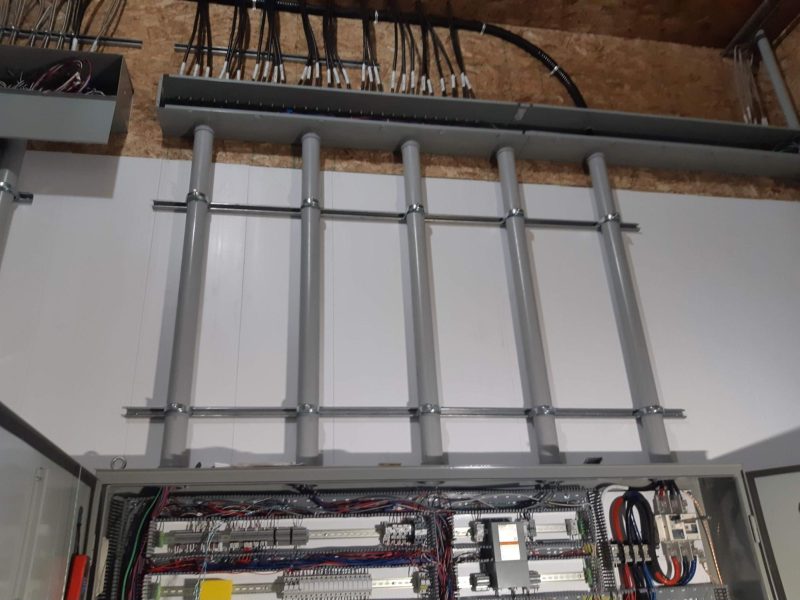
Flexibility
Design-build contracts offer flexibility in terms of project delivery. The owner can choose a design-build approach that best suits the project, whether it’s design-build, design-build-operate, or design-build-finance-operate.
The design-build commercial agreement is a powerful and effective project delivery method in the commercial construction industry. Its advantages, including a single point of responsibility, faster project delivery, cost savings, innovative problem-solving, risk management, simplified communication, and enhanced quality control, make it a compelling choice for a wide range of projects. However, it’s important to note that while design-build has many benefits, it may not be the ideal approach for every project. The suitability of this delivery method depends on factors such as project complexity, owner preferences, and the specific requirements of the construction project.
The benefits of a design-build contract extend to Current Group’s specialized services in electrical design, installation, automation, and maintenance. Contact Current Group today to learn how this approach allows us to deliver superior outcomes for your projects.


